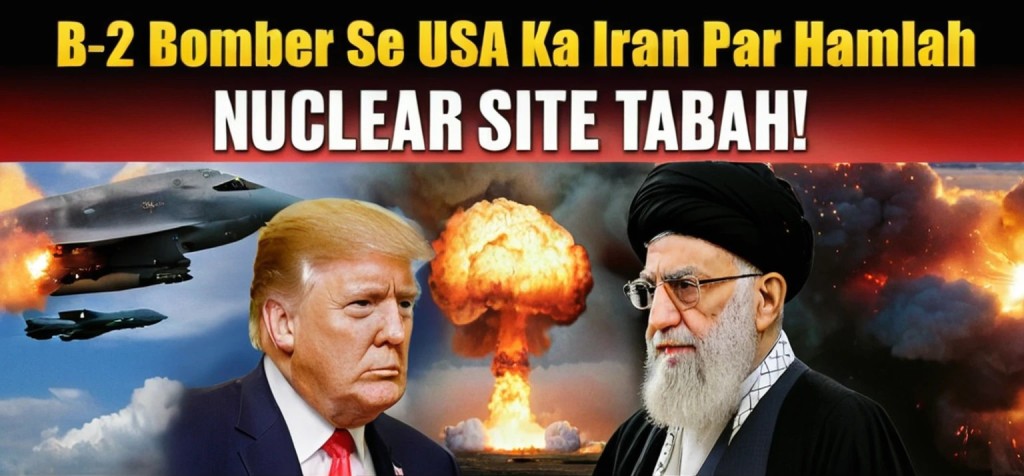Israel Defies Ceasefire Agreement, Refuses Full Withdrawal from Lebanon
Troops remain in five strategic locations, raising fears of renewed tensions and long-term occupation.
Loading...

Iran’s Military Preparations Following U.S. Attacks
The U.S. recently launched attacks on three of Iran’s key nuclear sites, escalating tensions between the two nations to a dangerous level. In response, Iran has warned the U.S. and its allies of devastating consequences. The question now is: How will Iran retaliate?
Table of contents [Show]
The U.S. used advanced "bunker buster" bombs designed to penetrate deep underground before detonating. One of the primary targets was the Fordow facility, a heavily fortified nuclear site built beneath mountains and considered Iran’s most secretive nuclear center. While the U.S. claims the strikes have severely damaged Iran’s nuclear program, Iran has yet to confirm the extent of the damage.
Iran has long prepared for such attacks and may respond in the following ways:
The Strait of Hormuz is the world’s most critical oil transit route, with 20 million barrels of oil passing through daily. Iran controls one side of the strait and could disrupt global oil supplies by closing it. If Iran takes this step, oil prices could skyrocket, triggering an economic crisis worldwide.
Iran could leverage its proxy forces, such as Hezbollah, Hamas, and Houthi rebels, to target U.S. and Israeli interests. These groups have already conducted attacks against Saudi Arabia, Israel, and other U.S. allies. Iran has armed them with advanced missiles and drones capable of striking distant targets.
The U.S. has multiple military bases in Gulf countries like Kuwait, Bahrain, and Qatar. Iran could launch missile or drone attacks on these bases, inflicting significant damage. In the past, Iran-backed forces have targeted Saudi oil facilities, severely disrupting production.
Iran has recently developed hypersonic missiles and advanced cruise missiles capable of challenging U.S. and Israeli defense systems. These weapons could be used to strike high-value American targets across the region.
A full-scale conflict between the U.S. and Iran could lead to soaring global oil prices, destabilizing economies worldwide. Additionally, the risk of proxy wars spreading across the region remains high. Iran’s Supreme Leader Ayatollah Ali Khamenei has vowed a "crushing response" to any U.S. aggression.
Tensions between the U.S. and Iran have reached a critical point. Iran has multiple options for retaliation, including closing the Strait of Hormuz, waging proxy wars, and deploying advanced weaponry. If the conflict escalates further, the consequences could be catastrophic—not just for the Middle East, but for the entire world.
Editor
Troops remain in five strategic locations, raising fears of renewed tensions and long-term occupation.
Opposition forces have taken control of the capital after a significant offensive. Here is how it unravelled.
Opposition forces declare Syria free of Assad rule as the president reportedly flees the country.
